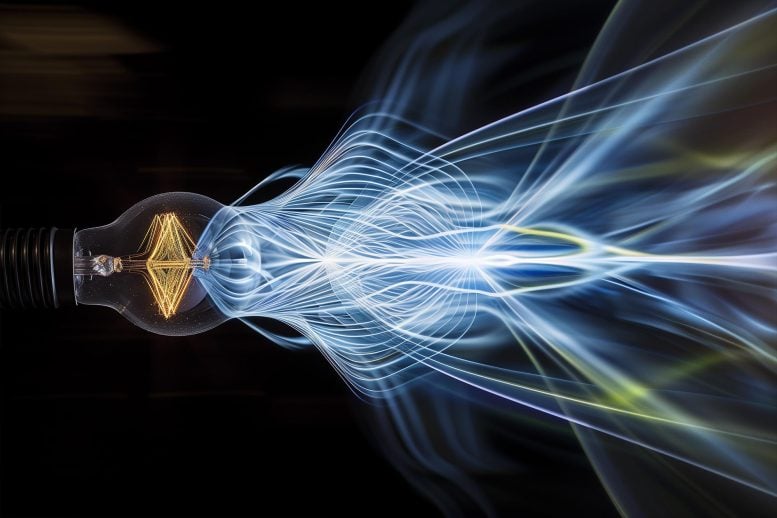
Before it flies from a pitcher’s fingers, every ball thrown in Major League Baseball (MLB) games is massaged with a finger-sized dollop of mud to improve its grip and remove its glossy sheen. And it’s always the same mud—Lena Blackburne Baseball Rubbing Mud, which is scooped up in buckets from the same secret location in New Jersey. The MLB has tried and failed to find synthetic replacements for rubbing mud multiple times. But something about the natural stuff just seems to be magic.
For scientists, of course, “magic” doesn’t quite cut it.
To bring some science to bear on this sedimentary secret sauce, researchers at the University of Pennsylvania brought rubbing mud into the lab. In a series of tests, they found that the brown goop had just the right ratio of clay to water to sand, the result being a mud that smears evenly like a skin cream while also being gritty enough to provide pitchers some extra grip.
“I was kind of enamored with the lore of this once I learned about it.”
Useful as these properties are, however, nothing about rubbing mud’s mechanical properties or mineral composition stood out as particularly magical.
“There’s nothing that surprised us looking at this mud,” said study author and geophysicist Douglas Jerolmack.
An expert on landscapes and sediments, Jerolmack is no stranger to mud. But he found out about rubbing mud only in 2019, after sports journalist Mark Gutierrez reached out to ask if he could analyze the stuff for a story about the MLB’s failed attempts to find a synthetic alternative. Even after the quick and dirty analysis he carried out for Gutierrez’ story, he couldn’t stop thinking about it.
“I was kind of enamored with the lore of this once I learned about it,” Jerolmack said.
Mucking in Mud
Years later, chemical engineer–turned–geoinspired materials researcher Shravan Pradeep joined Jerolmack’s lab and took up the muddy mystery anew. In a series of experiments, he, Jerolmack, and colleagues detailed the mud’s mineral composition, its mechanical properties, and its effects on the stickiness and grip of baseballs.
The researchers published their analysis in the Proceedings of the National Academy of Sciences of the United States of America.
About half of the mud consisted of quartz silt and sand. The clays making up the other half were the usual suspects for river muds from the region: smectite clays with dashes of mica, kaolinite, and illite. The grain size distribution was also typical. However, there was one exception: a drop-off in grains larger than 169 micrometers (0.007 inch), which Pradeep and Jerolmack think hints at the mesh of the sieve used to process the mud.
The mud’s distribution of particles across different scales, from fine clay to larger, rougher sand grains, lent the mud some interesting properties.
Fine-grained sediments adhere to each other via electrostatic forces because their surface areas are so large compared to their volumes, Pradeep said. (Similar forces are responsible for static cling.) Other interactions between the surfaces of grains and a pitcher’s hand can also make the ball feel stickier. In microscope images of the baseballs, Pradeep found that clays seemed to evenly fill the pores in the natural leather skins of fresh baseballs, perhaps providing a more even, grippy surface.
“If a mud material from the Delaware River can give you such amazing gripping and lubricating properties, there are other geomaterials out there.”
Larger sand grains roughen surfaces, providing helpful grip. But if a mud had too much sand, it would lose one of its critical mechanical properties: shear thinning. Thanks to its clay content, rubbing mud spreads out when squeezed and sheared, thinning like a liquid rather than staying put like a solid. That’s because clay minerals form sheets, which can slip past each other when stressed. Shear thinning is a property shared with skin creams (and mud facial masks); you can hold a dollop of lotion in your hand, and it holds its shape, like a solid. But press on the lotion, and it spreads out.
“There’s nothing exceptional to this clay,” said Claire Chassagne, a physicist who studies sediments at the Delft University of Technology in the Netherlands. “As a scientist, I would ask: ‘How do other muds perform?’” Chassagne said that systematically varying the composition of the mud would be the best way to identify any particularly “magical” characteristics. She noted that the mechanical properties of natural sediments are incredibly sensitive to even tiny variations in their composition—the same clays mixed in different proportions, with a bit less or a bit more water, could behave quite differently.
Additionally, rubbing mud contains organic compounds and additives that the researchers didn’t consider in this study. “The amount of organic matter can be extremely small in volume or in mass,” Chassagne said, but it can still make an enormous difference, and it’s hard to analyze.
Perhaps those ingredients make the difference. Or perhaps the magic is in the myth. Either way, the results showcase the potential of looking to nature for cheap, sustainable, ready-made geomaterials with desirable properties, Pradeep said. Just as engineers might use biomimicry in their designs, he thinks the future of materials might lie in “geomimicry”—in drawing inspiration from Earth. “If a mud material from the Delaware River can give you such amazing gripping and lubricating properties, there are other geomaterials out there” that could also provide health, business, or cultural opportunities, he said.
—Elise Cutts (@elisecutts), Science Writer








Leave a Comment